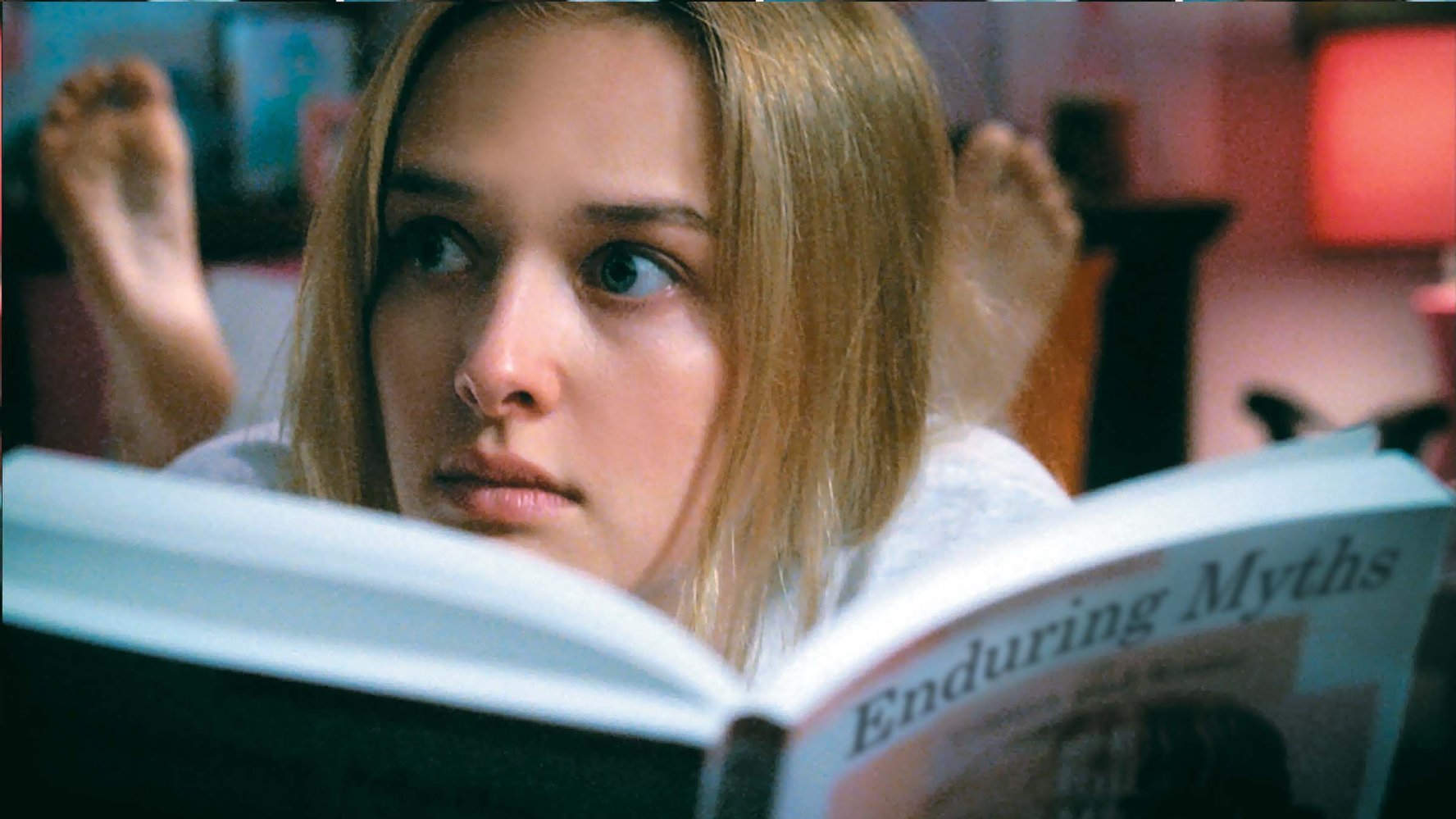It’s been ten years since Mitchell Lichtenstein’s film Teeth introduced a new generation to vagina dentata. Literally translated as toothed vagina, in the movie the mythical condition is employed to capture the danger — and power — of the female body. But more than just offer it as another warning about women, Lichtenstein’s horror film ventures to reclaim vagina dentata as a symbol of sexual power.
Before Teeth set out to reimagine the toothed vagina, it had existed in folklore from around the world for centuries. The observant pop culture fan can even catch references to it across H.R. Giger’s monster designs in the Alien films, Poison Ivy’s Venus Fly Traps and the Hellmouth in Buffy the Vampire Slayer. More recently it appeared as a favourite insult of uber-bitch Chanel on season one of Scream Queens. While the aforementioned references used the image to evoke apocalyptic danger, Chanel lent it to a running joke used to torment one of her minions. This referenced the projected horror of women’s bodies, only this time the suggestion was that they’re abnormal and sexuality repulsive. Still, hardly a compliment.
While these other productions flirted with the idea, no one embraced the idea of vagina dentata as powerfully as Teeth. In the film, the condition afflicts Dawn, a sweet, naïve teenager who is a member of a Christian abstinence group. Her commitment to purity is tested when she meets Tobey, a boy she soon discovers she really likes. Dawn, like so many young women not blessed with a satisfactory sex-ed program, is shocked by the force of her arousal. To her the feelings are unexplainable, uncontrollable and possibly dangerous. Unsure of how to manage her own body, she decides she can’t see him anymore.
Of course Dawn’s self-control fails and she meets Tobey alone in the woods to go swimming. To her credit, she does arrive in a t-shirt that reads Warning, Sex Changes Everything. In this case, her outfit choice couldn’t be more telling. Tobey attempts to rape Dawn, seemingly proving all her theories about the dangers of adolescent sexuality true. The thing is, Dawn is no ordinary ingenue. If you haven’t already figured out, she is host to the mythical vagina dentata. When Tobey attempts to force himself on her, her body defends itself instinctively and he loses his penis in a bloody mess.
This trauma is just the first, and Dawn continues to have terrible encounters with exploitative men. These are people who she should be able to trust: a step-brother, a doctor, and a friend. Their abuse is central to her transformation from victim to monster. But this is no tale of woe, here her strange physical abnormality is a means of survival, a provider of the kind of vengeance no one assumes she is capable of.
Dawn’s experience, while atypical, does parallel that of many teenagers who are forced to face puberty without proper sex education. At her high school the science teacher is too embarrassed to even name female anatomy and textbooks have state-mandated stickers concealing the illustrations of the female reproductive system. Here the resulting anxiety, confusion and trauma related to knowing so little is manifested in the danger between her legs.
Like so many young people though, Dawn takes matters into her own hands and educates herself. Removing the stickers in her textbooks, turning to the internet and examining her own naked form in the bathroom mirror she learns to understand and control her body. This sense of confidence and autonomy is demonstrated through her harnessing the physical and psychological power inside her and learning to appreciate her own exceptional body.
Historically the vagina dentata was a symbol that warned of the dangers of the female body, a caution for men who intend to enter this dangerous space. But as Dawn and anyone who has watched and rewatched Teeth understands, it’s also a reflection of the fear society holds over female power. A fear that is pressed onto young women by teaching them their sexuality and physicality is shameful. At the beginning of Teeth Dawn’s distress at her condition reflects the idea that a vagina is inherently a source of shame, by the film’s conclusion she has learned to think of it as something much more fantastic.
It’s perhaps not a surprise then that a decade later vagina dentata turned up again and again in signs and even costumes at the Women’s Marches around the world. It shows us that no matter how people try and present them, our bodies are a gift, not a curse. Sometimes we just need some fictive teeth remind us what we’re really worth.
Credits
Text Kate Robertson
